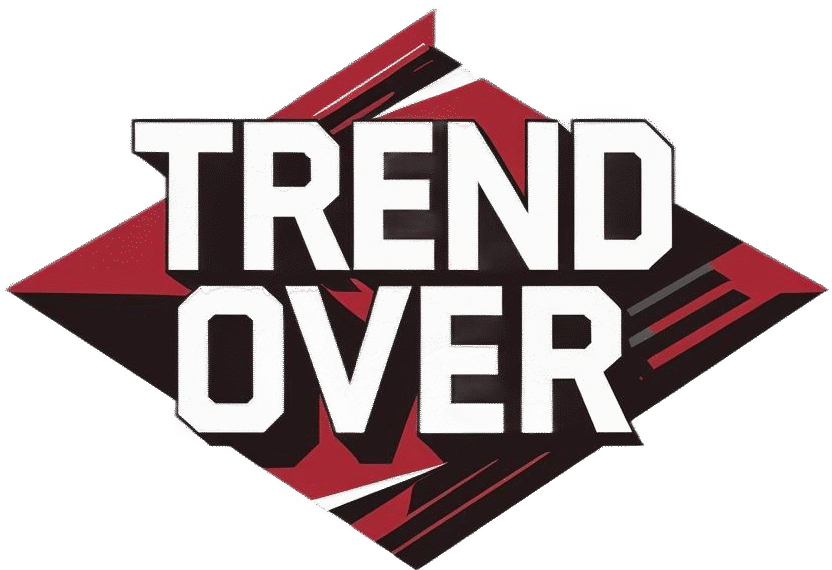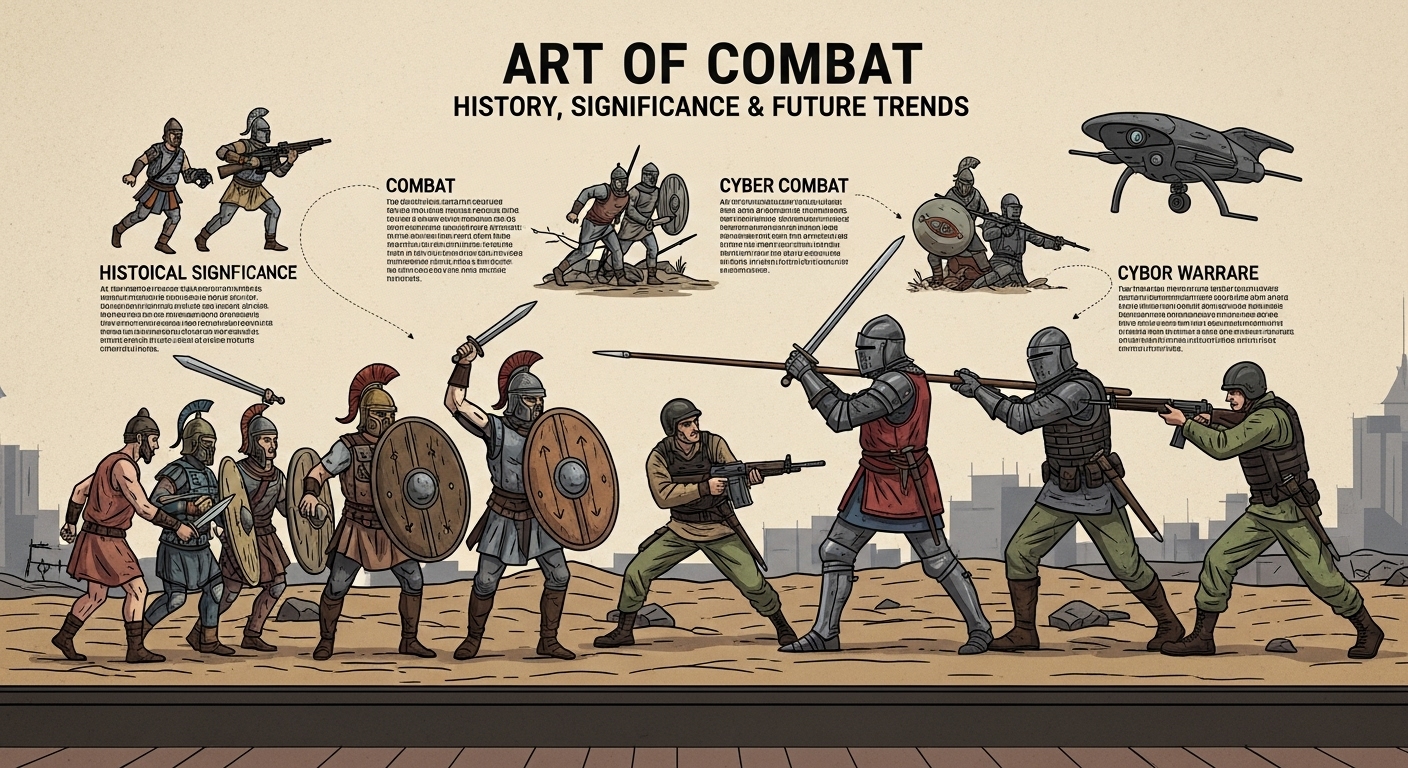Combat: Exploring the Art of Warfare
Introduction
Combat, the art of engaging in physical conflict to achieve specific objectives, has been an integral part of human history since time immemorial. From ancient battles fought with swords and shields to modern warfare utilizing advanced technology, the concept of combat has evolved significantly over the centuries. In this blog post, we will delve into the history, significance, applications, and future trends of combat, shedding light on this complex and multifaceted aspect of human civilization.
History of Combat
The history of combat can be traced back to the earliest civilizations, where conflicts were resolved through physical confrontation. Ancient civilizations such as the Greeks, Romans, and Egyptians developed sophisticated combat techniques and strategies that laid the foundation for modern warfare. The medieval period saw the rise of knights in armor engaging in epic battles, while the Renaissance brought about advancements in firearms and artillery, revolutionizing the way wars were fought.
Significance of Combat
Combat plays a crucial role in shaping the course of history, determining the outcome of conflicts and wars that have shaped the world we live in today. It is not only a means of resolving disputes but also a test of courage, skill, and strategic thinking. The discipline and training required for combat have also been instrumental in fostering qualities such as leadership, teamwork, and discipline, making it a valuable tool for personal development and character building.
Applications of Combat
While combat is often associated with military conflicts, its applications extend beyond the battlefield. Martial arts, for example, are a form of combat training that emphasizes self-defense, physical fitness, and mental discipline. Combat sports such as boxing, wrestling, and mixed martial arts have gained popularity as competitive activities that require skill, agility, and endurance. Law enforcement and security personnel also undergo combat training to effectively respond to threats and protect the public.
Future Trends in Combat
As technology continues to advance, the future of combat is likely to be shaped by innovations in weaponry, communication systems, and tactics. The rise of unmanned aerial vehicles (UAVs), cyber warfare, and artificial intelligence has already begun to transform the nature of warfare, offering new capabilities and challenges for combatants. The integration of virtual reality and simulation technologies is also changing the way combat training is conducted, providing a more realistic and immersive experience for trainees.
Conclusion
In conclusion, combat is a complex and dynamic aspect of human civilization that has evolved over millennia, reflecting the changing nature of conflicts and warfare. From ancient battles fought with swords and spears to modern warfare waged with drones and cyber weapons, combat continues to play a significant role in shaping the course of history and the future of society. Whether on the battlefield, in the ring, or in everyday life, the principles of combat – discipline, strategy, and courage – remain relevant and enduring. As we look to the future, it is essential to appreciate the complexities of combat and the impact it has on our world.

